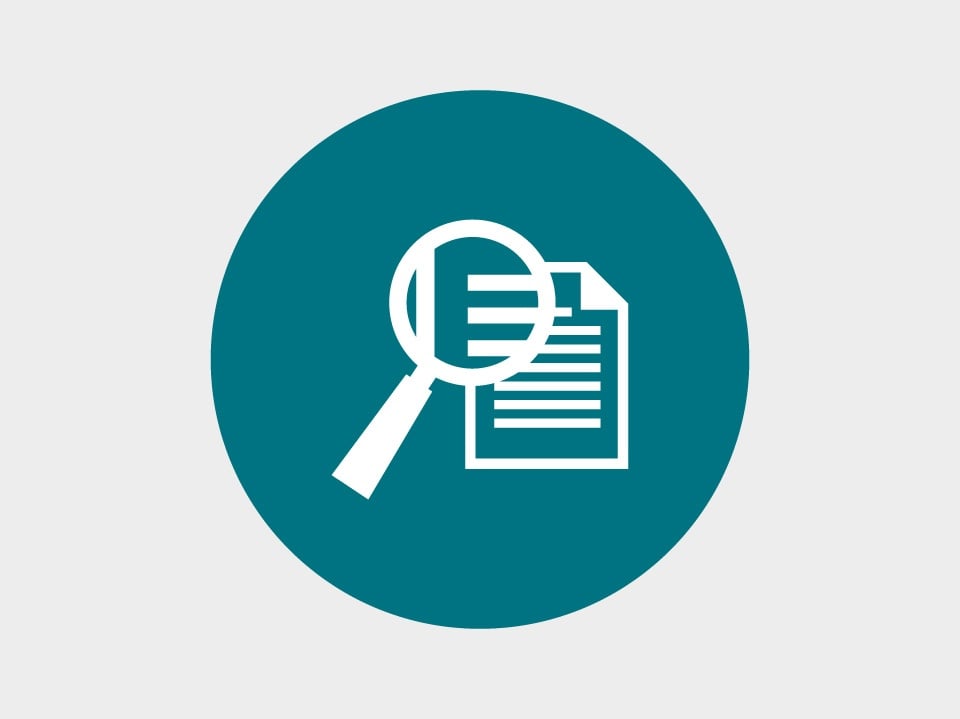After decades of software failure due to poor requirements, organizations are working hard to improve their requirements practices. One target of this transformation is the text-heavy business requirements document, or BRD, which is challenging to digest and fails to enable collaboration. Relying on that form of requirements documentation hinders sound analysis, prioritization, and decision-making, and commonly leads to costly project rework.
Teams realize this, and they’re looking past textual requirements to embrace the powerful best practice of visualization – the use of models, like diagrams, screen mockups, and prototypes, to enrich traditional textual requirements. Even Agile teams are enhancing textual user stories with more visual artifacts.
The Many Benefits of Visualization
Models allow business analysts to illustrate objects, their behaviors, and the relationships between them. When used as an integral component of requirements documentation, they boost understanding, bringing software to life before it has been developed and enabling teams to find requirements errors early.
Visualization has transformed how teams define and manage requirements by helping product owners and business analysts:
- Perform robust analysis. Models help business analysts and their stakeholders view requirements in a more holistic way. People can see past “the system shall” statement or user story to clearly understand a requirement in context, its relationships to other artifacts, and the impact of change. This facilitates improved decision-making and helps teams identify missing, redundant, and incorrect requirements more easily.
- Collaborate productively with stakeholders. The use of diagrams, screen mockups, and prototypes helps business analysts and their stakeholders, like business partners, developers, testers, and operational teams, develop a shared understanding. It provides richer information than textual statements alone, helping people with different perspectives collaborate to make sound decisions.
- Communicate clearly. Many stakeholders consume requirements, and they all benefit from the use of models as an integral part of requirements documentation. Business partners understand requirements more easily during review and acceptance. Developers, testers, and trainers have more complete, accurate information to use as the foundation for their activities, as do those who support the software post-deployment.
The improved analysis, collaboration, and communication realized through the use of visualization means teams deliver higher quality requirements earlier. The real value comes as they experience:
- Less rework. Exposing errors early prevents them from being injected into downstream deliverables, like code, tests, and operations artifacts. Rework is confined to the requirements phase alone.
- Lower costs. Requirements errors cost more to fix the later they are discovered. This “rework tax” can be significant. Getting requirements right before coding or test case development begins has the potential to drastically reduce it.
- Faster delivery. With the rich information provided by models, business analysts and their stakeholders can establish a shared understanding more quickly. This accelerates the pace of requirements elicitation, analysis, and acceptance.
- Improved business-IT alignment. The shared understanding developed through visualization ensures business and IT are on the same page. As teams deliver better software faster, trust is built, leading to an improved business-IT relationship.
- Higher customer satisfaction. Better requirements lead to better software, increasing the likelihood your customers will have positive experiences as they purchase and use your products or services.
If your product owners or business analysts aren’t exploring the use of visualization in requirements definition, let us show you how to get started. Please contact us today for more information or a product demo.



